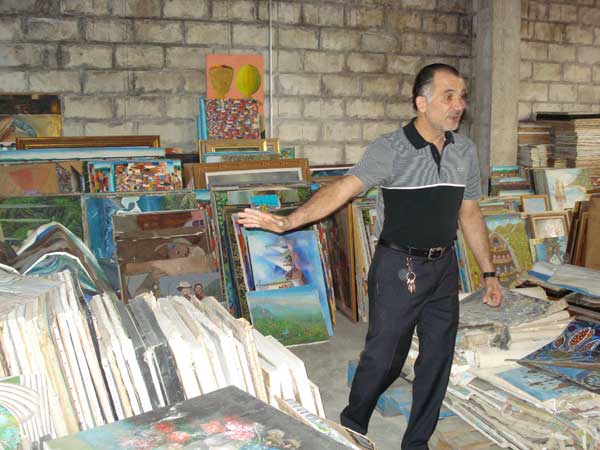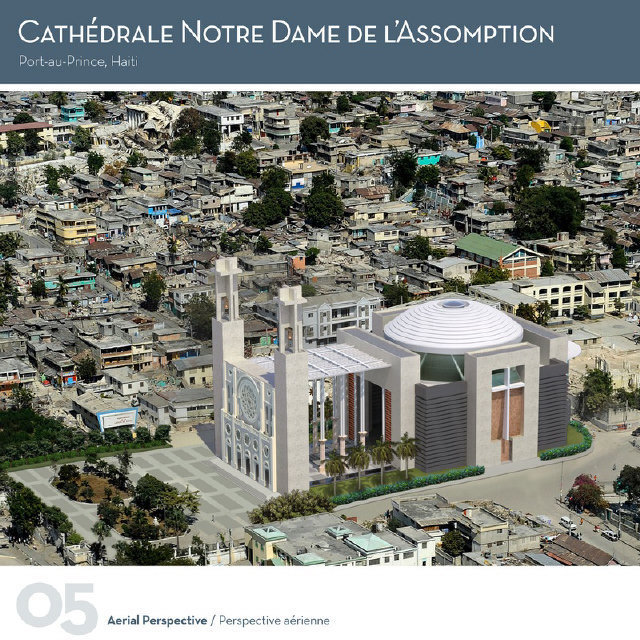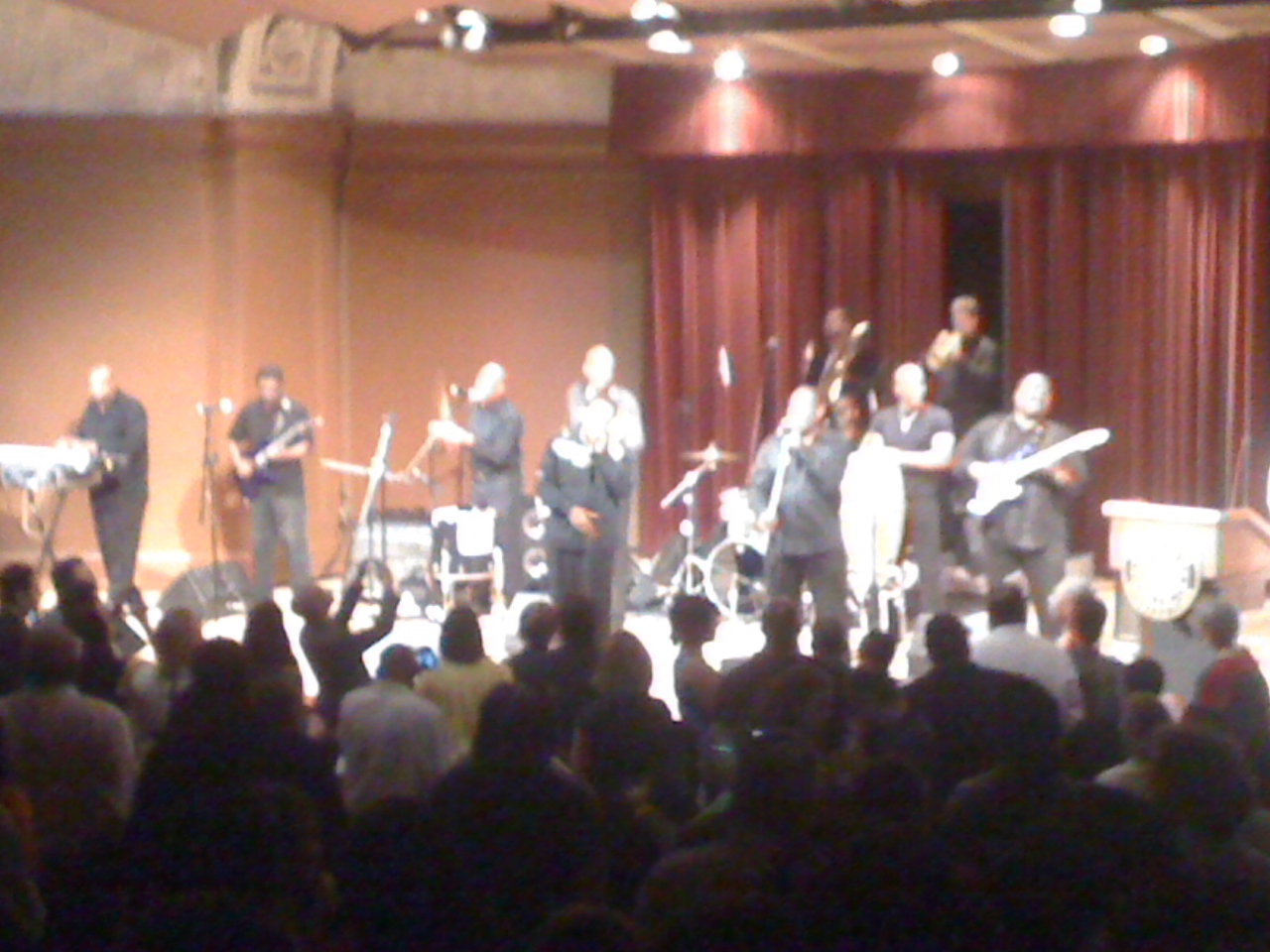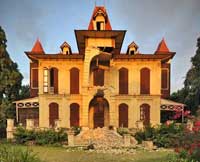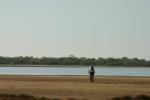Spirit Airlines Now Flying to Cap Haiten
Spirit Airlines has announced a new routing to Cap Haitien, Haiti's second largest city. Haiti was once, and could be yet again, a significant tourism destination - but this would be unlikely if tourists coudl only enter the country through a congested and unpedictable Port-au-Prince. In Jamaica, most tourists fly into Montego Bay and bypass Kingston altogether. Cap Haitien, with its history, beaches, and relative stability, may eventually become Haiti's Montego Bay. Managed properly, increased tourism could be good for Cap Haitien and the north. A full article on Spirit AIrline's recent announcement by Jacqueline Charles of the is linked and follows.

